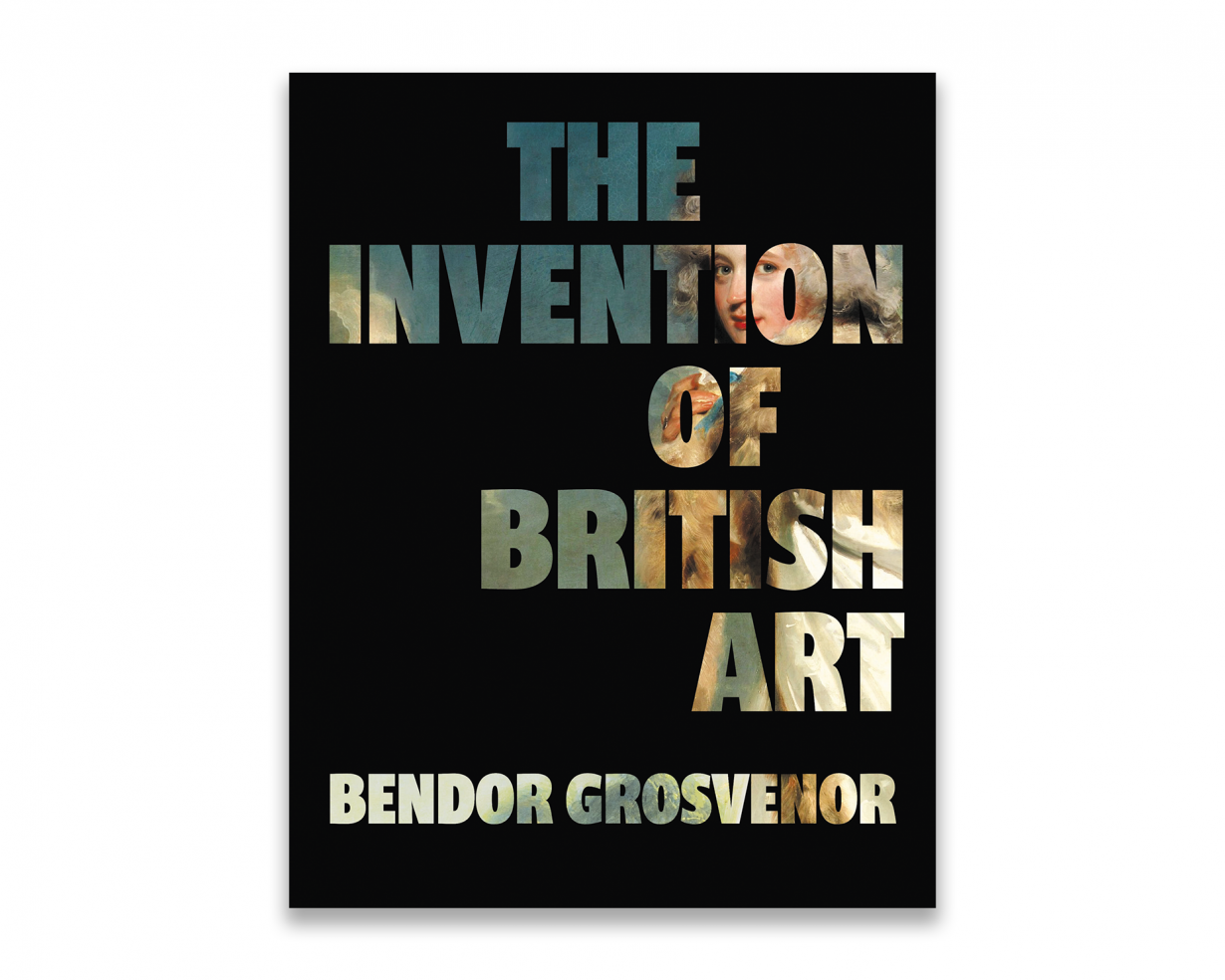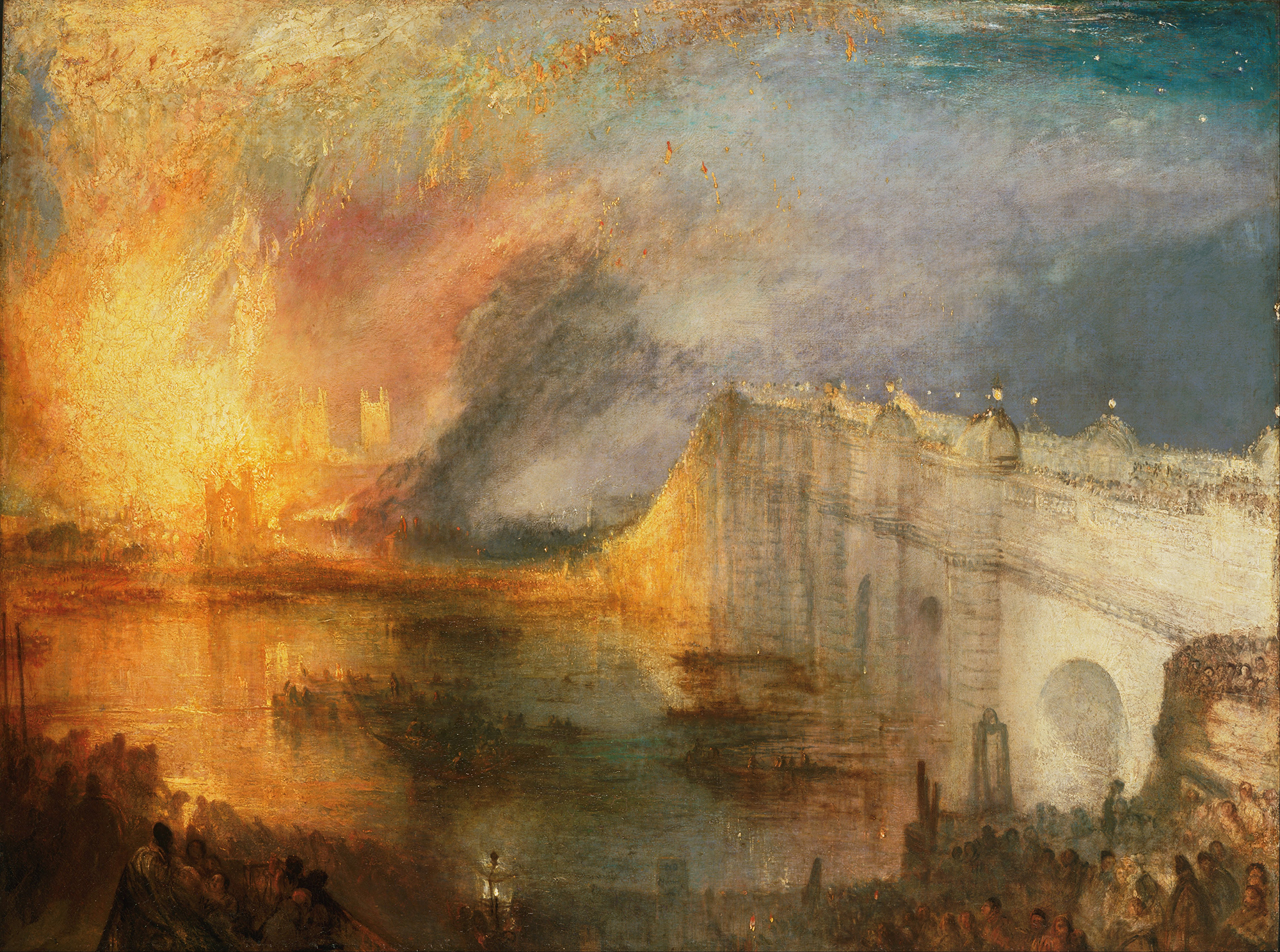In The Invention of British Art, Bendor Grosvenor explores how the ‘commissioning classes’ have long influenced the making of a national style
Art historian Bendor Grosvenor’s The Invention of British Art is a lively, engaging and erudite retelling of the history of British art shadowed by a problem it can never quite resolve: what is it about British art that can be said to be particularly ‘British’? As histories of art in Britain are being energetically rewritten by those keen to ‘decolonise’ the art-historical canon, and when the idea of nationalism and national identity is treated with suspicion, it seems like a precarious project to make a positive case for the Britishness of art in Britain.
The Invention of British Art is sensitive to these troubles, but circles cautiously around them. ‘I should stress’, Grosvenor writes somewhat apologetically, ‘that I am not interested in the Britishness of British art in any nationalistic way, or whether it is ever… “world beating”.’ As it turns out, Grosvenor’s British art takes a very long time to go from being defined ‘not only as art made in Britain, but by the British themselves’. The Invention’s (very) long view is one of art shaped by invasion, migration and exchange – Grosvenor’s British art stretches back to prehistoric culture, through the Roman Empire, Anglo-Saxon Britain and the Viking incursions to the Norman Conquest, through the Reformation and finally to the eighteenth- and early-nineteenth-century art of Hogarth, Reynolds and Turner. For the large part of this, Britishness (let alone ‘Englishness’) isn’t a thing – instead Grosvenor’s light-touch scholarship traces a history in which artmaking (including architecture) is the product of the aristocracy’s continual importation of artistic talent from Europe, in particular the Netherlands, so that an ‘indigenous’ form of artistry never really gains traction. There are ironic call-backs to the UK’s contemporary predicament: exploring how the Renaissance developed in Britain, Grosvenor notes the social tensions that emerged as Netherlandish artists settled in London, leading resentful English artisans to riot against the foreigners come to take their jobs.

That the ruling elites – Grosvenor calls them the ‘commissioning classes’ – sought out talent from abroad is only one part of Grosvenor’s explanation of the delayed emergence of an authentically ‘British’ art. The Black Death might have put a crimp on things, but the greatest impediment, he argues, is the Protestant Reformation’s hatred of image-making and suspicion of anything Catholic, and then the chaos of the English Revolution. This is not a new critique, but Grosvenor deftly traces how social dynamics only begin to change in the eighteenth century when religious conflict is sidelined, and the aristocracy’s commissioning power is challenged by an emerging middle class – and technology, as painters find a popular market for mass-produced engravings, freeing artists from their old patrons. Grosvenor’s truly ‘British’ art, finally, is found in landscape painting, through which a new, bourgeois public discovers a sublimated religious thinking that finds ‘God is in Nature’, manifest in the genre that takes shape around Wright of Derby, Constable and, eventually, Turner.
But, oddly, just as British art is finally invented, it’s over. Grosvenor’s insightful discussion of Turner’s art, culminating in his extraordinary 1835 The Burning of the Houses of Lords and Commons, concludes that, with this painting, ‘[Turner] was inventing modern art’. ‘Modern art’ would come to be seen as ‘foreign’ all over again. That’s where The Invention’s story falls silent. What Grosvenor eventually misses is that British culture’s ‘insularism’ – its islander mentality – wasn’t down to its ruling elites resenting ‘foreignness’, but rather the disruptive power of the ‘new’, beyond their control.
The Invention of British Art by Bendor Grosvenor. Elliot & Thompson, £40 (hardcover)
From the January & February 2025 issue of ArtReview – get your copy.
